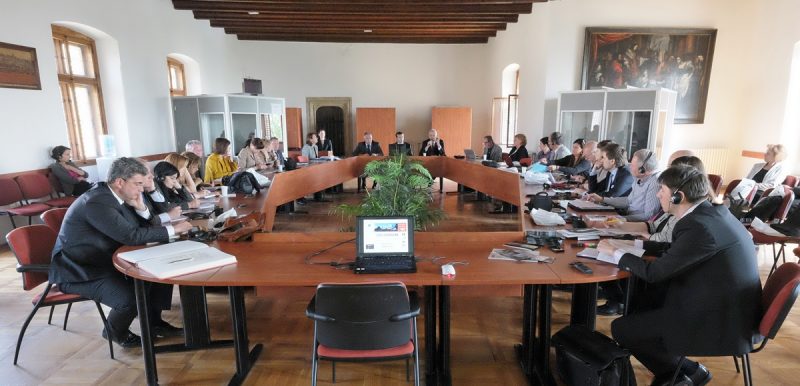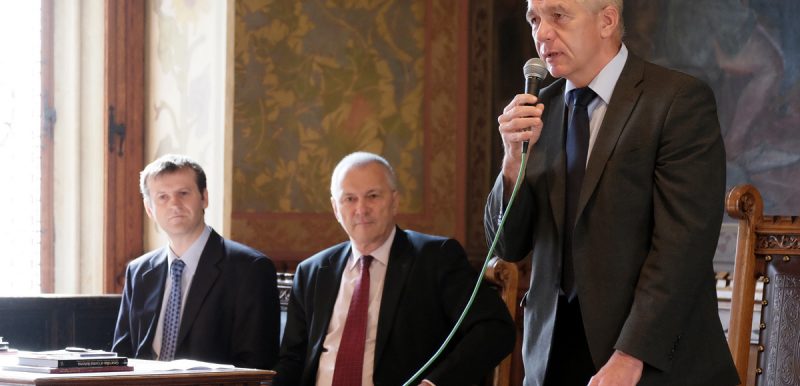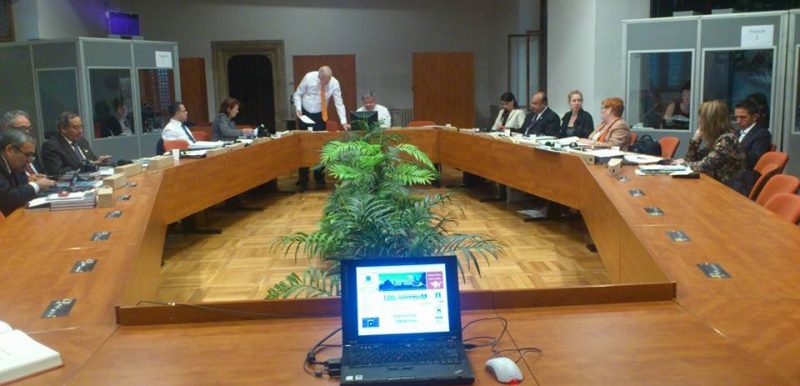Kutná Hora, Czechia
General Information
Administrative status
Municipality of the Central Bohemian region
Kutná Hora: Historical Town Centre with the Church of Saint Barbara and the Cathedral of our Lady at Sedlec
Registration Year
1995
Historical function
Mining, industry and administration
Location and site
In the centre of Bohemia, in the midst of a region of silver ore, the historical town centre of Kutna Hora is situated on the edge of the Vrchlice valley. Its site slopes upwards from the southeast towards the northwest, where the principal monuments are concentrated.
Urban morphology
The historical town centre of Kutna Hora, the plan of which dates to the Middle Ages, is made up of the “Upper Town” and the “Lower Town.” Its irregularity and, especially, its complexity testify to the “rush” of the 13th century. Two non-urban routes leading to former villages date to an earlier era. With the exception of segments at the west of the historical town centre and between these two routes, very little of the fortification walls has survived.
The Church of Saint Barbara, which was built between the 14th and 16th centuries, is the monumental masterpiece of Kutna Hora; its late Gothic style integrates with Baroque artistic elements. The city’s residential architecture is also very rich; erected on medieval bases, the houses are Gothic, Baroque or Classical in style. Kutna Hora was known for its very high arcades; although these were dismantled in the 19th century, some of them have been reconstructed.
Registration criteria
Criterion (ii): The urban fabric of Kutná Hora was endowed with many buildings of high architectural and artistic quality, notably the Church St Barbara, which had a profound influence on subsequent developments in the architecture of Central Europe.
Criterion (iv): The historic town centre of Kutná Hora, with the Church of St Barbara and the Church of Our Lady at Sedlec, constitutes an outstanding example of a medieval town whose wealth and prosperity was based on its silver mines.
Historical reference
- Well before the urbanisation of Kutna Hora, mining camps were sprinkled throughout the region. A 10th-century mint, a 12th-century Cistercian monastery and numerous small churches could also be found throughout the area.
- Under the reign of Wenceslas II (1283-1305), the region was transformed into a prosperous zone of feverish industrial activity. Afterwards, Kutna Hora became the object of planned urban development. A monetary reform was launched there, and a new mint was constructed in 1300 and the groschen of Prague, which was at the base of this reform, was minted there. As the royal mining town, Kutna Hora was the second most important city in Bohemia after Prague. The reign of Wenceslas II also witnessed the foundation of a large Cistercian monastery.
- The city resisted sieges by Albrecht of Habsburg in 1304 and 1307. In between these two events, its fortifications were reinforced, and they were finally completed in the middle of the 14th century. Stone houses and monuments, including the Church of Saint Barbara, were constructed.
- The Hussite wars of 1419-1434, during which the monastery of Sedlec was destroyed by fire, were followed by years of rapid reconstruction. The city made a major artistic contribution to the late Gothic style.
- The exhaustion of the mines in 1540 added to the effects of the Thirty Years’ War (1618-1648). After becoming a centre for various administrations in 1850, however, the Kutna Hora experienced new momentum.
Photos
News
15 May 2014
Report on the 10th Conference of the Central and Eastern European Member Cities of the Organization of World Heritage Cities
Kutná Hora, Czechia
Eastern and Central Europe
30 April 2014
Meeting of the Board of Directors of the OWHC for 2013-2015 held in Kutná Hora, Czech Republic
Kutná Hora, Czechia
Contact

Mr. Lukáš Seifert
Mayor of Kutná Hora
Town of Kutná Hora
Havlíckovo námesti 552
Kutná Hora, Czech Republic
28401
420 327 710 103
[email protected]






